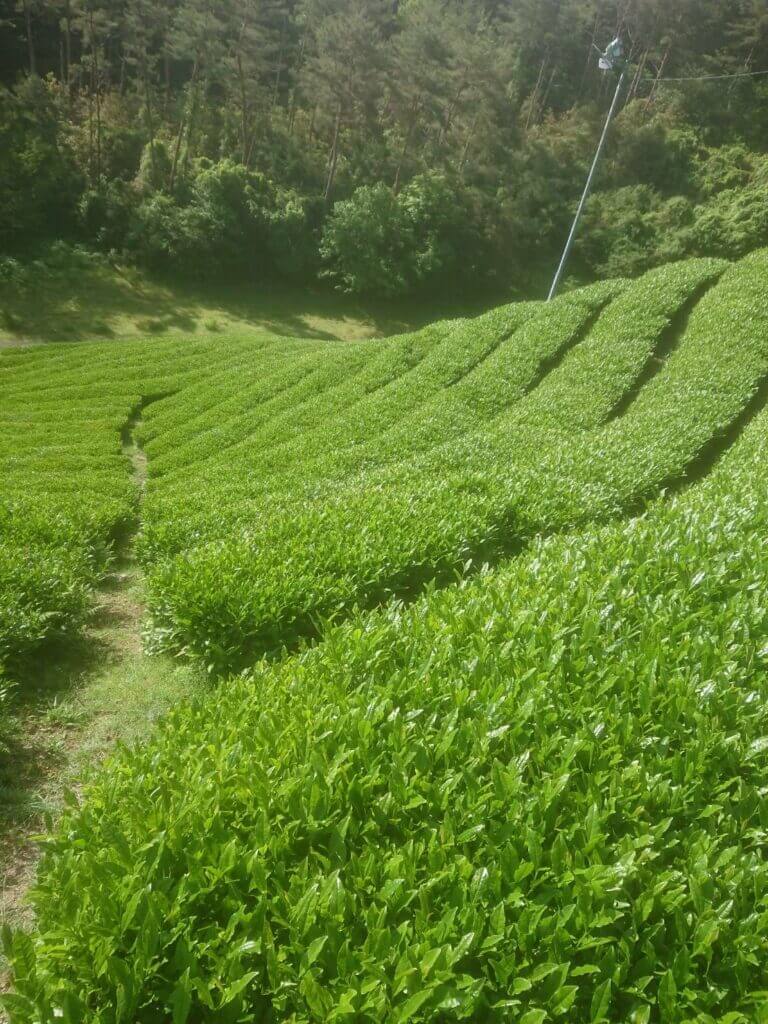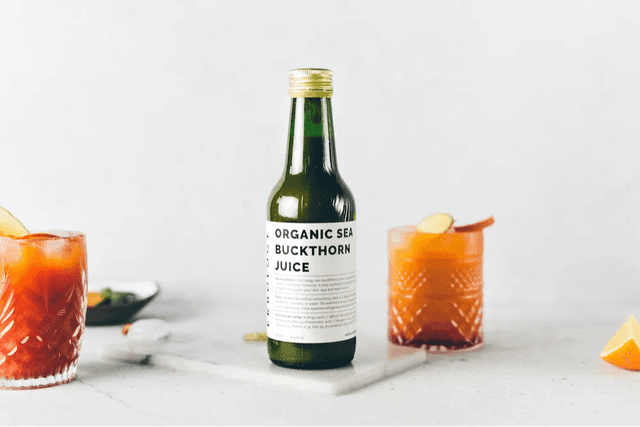12 Jul 2021
What are the three pillars of sustainability?
What does ‘sustainability’ mean?
While you might think that the meaning of the word ‘sustainability’ is pretty obvious, it’s worth clarifying as it can mean different things in different contexts.
The first definition of ‘sustainability’ in the Cambridge dictionary relates to ‘the quality of being able to continue over a long time’.(1)
Economists, for example, might use the term ‘sustainable growth’ to describe the steady and continuous growth of wealth.
However, many of us associate sustainability with the environment. In recent years, ‘sustainability’ has become shorthand for any effort to protect the natural environment.
Nowadays, we expect companies to be sustainable, and for governments to support sustainable practices, meaning that they don’t take actions which harm the environment.
Indeed this is the Cambridge dictionary’s second definition: ‘the quality of causing little or no damage to the environment and therefore being able to continue for a long time.’
In the way we talk about sustainability today, the concept of continuing for a long time can sometimes be lost. We often think about making sustainable choices as using the right kind of materials or reducing what we use and waste. Both can be sustainable, as long as they can be continued long-term.
So now we’ve cleared up the word ‘sustainability’, what are its three pillars?
Three pillars of sustainability
The theory of the ‘three pillars of sustainability’ is a method we can use to understand how we can create a sustainable society.
It’s based on the idea that any given project can only be sustainable if each of the following criteria are met and work together:(2)
- Social sustainability
- Economic sustainability
- Environmental sustainability
The theory is often presented as a Venn diagram, where each pillar intersects with overall sustainability right at the centre. This means that overall sustainability can only truly be achieved when all of the three pillars are in place.

Likewise, if one of the pillars crumbles, then the goal of overall sustainability becomes impossible. The theory maintains that if any given project is socially and environmentally sustainable, but not economically so, then it can’t be defined as fully sustainable.
The same is true if either of the other two pillars are missing.
Governments, businesses and even individuals can use the model of the three pillars to help them determine whether their plan is sustainable.
Who came up with the three pillars of sustainability?
Curiously, nobody really knows who first came up with the three pillars theory.
It seems to have come together organically from the scholarly thinking of the ‘80s and ‘90s. While many academics make use of the model, none can say definitively where it first originated.
Despite its unclear origins, though, the model is so well-known that from 2001, it was considered to be the ‘‘common view’ of sustainable development’.(2)
It’s worth noting that while most scholars agree on what the three pillars should be, a few have different ideas. Some have said that there should be extra pillars such as cultural, institutional or technical sustainability.(2)
However the most widely accepted version of the three pillars seems to just include the three original pillars: social, economic and environmental.
So, let’s take a closer look at what each of those mean. To make it simple, we’re going to use a real life example: us! Every time we launch a new product, we have to make sure it’s sustainable. So let’s take the example of one of our recent launches: our Ceremonial Grade Matcha Tea.
What is social sustainability?
The first of the three pillars is ‘social sustainability’. In this context, social sustainability essentially means ‘wellbeing’.
According to the UN, if a company wants to be socially sustainable, it has to identify and manage the effect it has on people.
According to the website of the UN Global Compact, ‘directly or indirectly, companies affect what happens to employees, workers in the value chain, customers and local communities, and it is important to manage impacts proactively.’(3)
That means that, as a company, we have to make sure that we’re doing business in a way that ensures the wellbeing of the people within and around us. If we have any negative effect on people, it’s our responsibility to manage or mitigate it.
How do we make sure we’re socially sustainable?
To take the example of our matcha, being socially sustainable means that we had to make sure we were sourcing responsibly.
Ceremonial grade matcha can only be grown in Japan, so we set out to look for small, independent farmers. As the ‘little guy’ ourselves, it’s really important to celebrate and support other small businesses, and work with people who really love their craft. That’s exactly how we found our matcha supplier.
Their farm is just outside Kyoto, Japan, and their matcha is grown using traditional methods. We recognised a kindred spirit and immediately wanted to work with them.
For many years, big corporate companies have tipped the balance of power away from small producers, often paying them scandalously small amounts for their produce. (Indeed, this is why the Fairtrade movement began).
So, we make sure we pay a fair price for our matcha. This means the farm can continue to produce matcha for us at the same brilliant quality for the long term.
But it’s not just our suppliers we need to look after. We need to make sure that our impact is positive when it comes to our customers, those who live and work near our storage facilities, our supply chain partners, and indeed anyone who comes into contact with our business.
We also make sure our employees are happy by providing great working conditions - and lots of free Erbology goodies!
So, how about the next pillar?
Related reading



